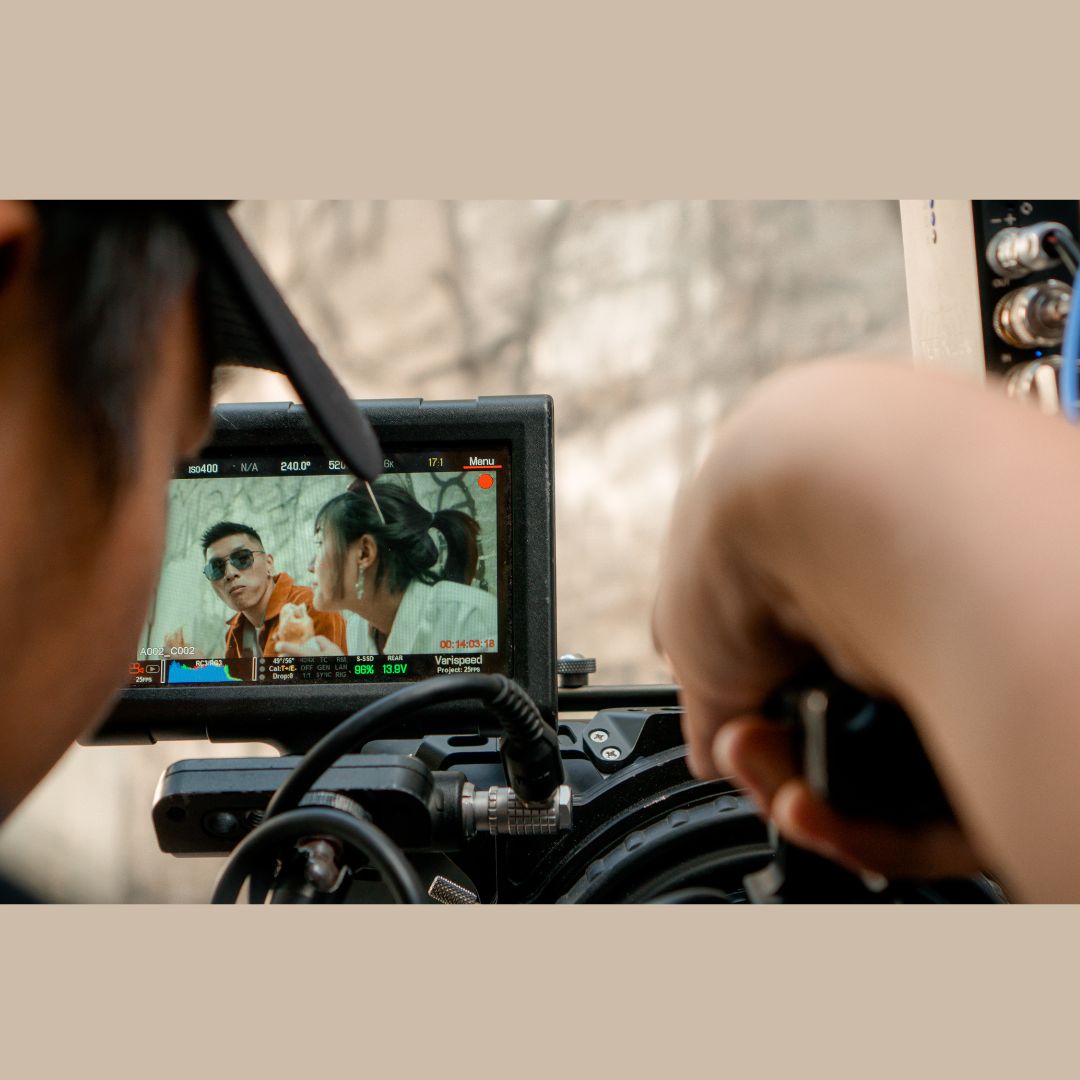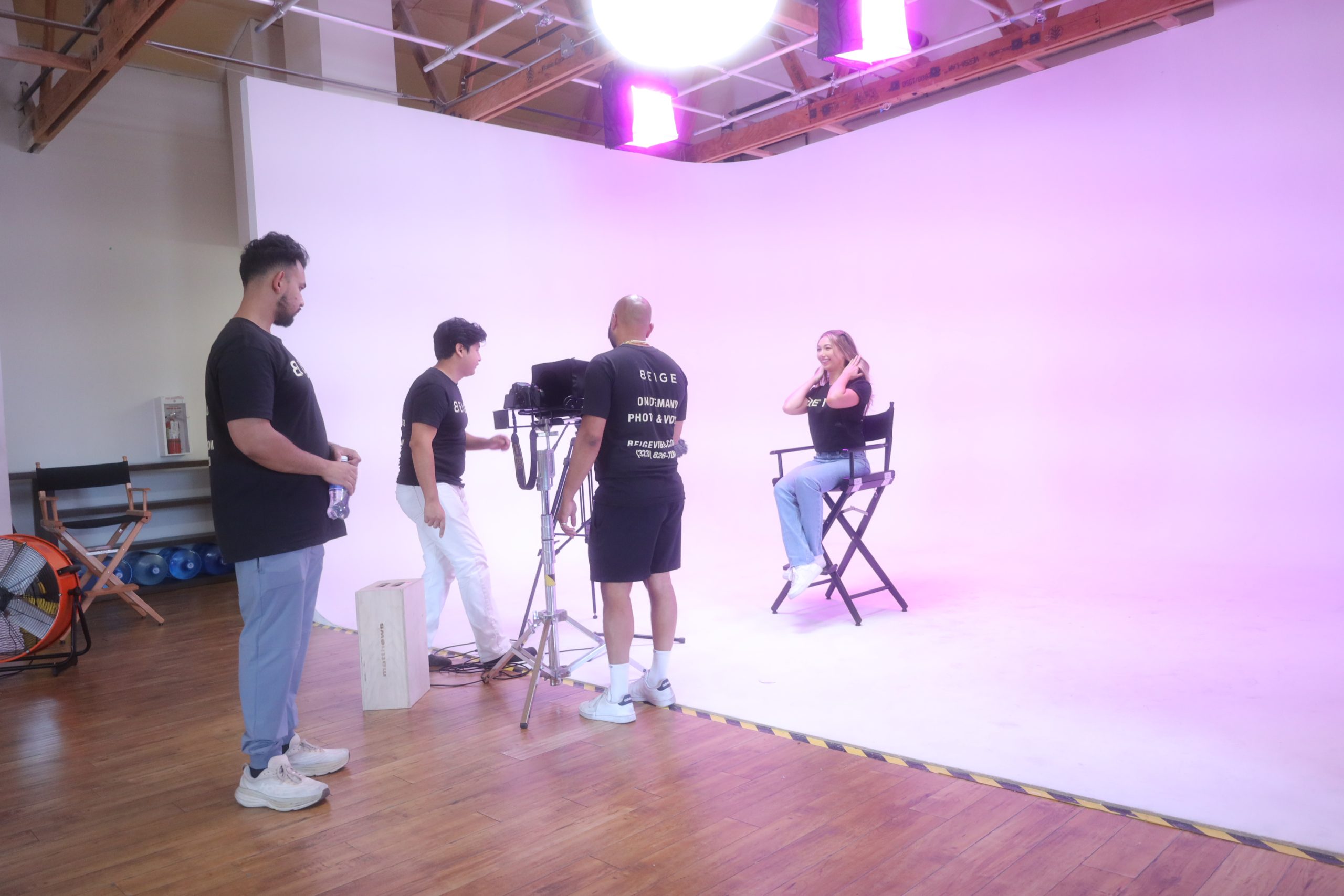No products in the cart.

Engagement Photo Session Tips: A Comprehensive Guide
Introduction: Everyone dreams of receiving a romantic proposal from their significant other. It resembles a childhood fantasy coming to pass. It really is a
What is a Shooting Day in Photography?
A shooting day in photography refers to a dedicated day or session when photographers and their team come together to capture a series of planned photographs. It involves meticulous planning, preparation, and execution to ensure the successful realization of the envisioned shots. A shooting day encompasses various stages, including planning, preparation, execution, troubleshooting, and wrapping up. It requires careful attention to details such as location selection, shot list creation, equipment gathering, and ensuring the availability of models or subjects.
Throughout the shooting day, photographers need to set up equipment, direct and pose subjects, manage lighting and composition, and adapt to any unexpected challenges that may arise. Finally, at the end of the shooting day, photographers review their shot list, pack up equipment, and express gratitude to their team members for their contributions. A well-executed shooting day is crucial for achieving desired outcomes and delivering high-quality photographs.
What is a Shooting Day in Photography?
A shooting day in photography refers to the designated time period during which a photographer captures images for a specific project or assignment. It involves meticulous planning, thorough preparation, and skillfully executing the shoot. Throughout the shooting day, photographers carefully select and arrange their equipment, scout various locations, and provide guidance to subjects to achieve the desired shots. Additionally, they may make necessary adjustments to lighting, composition, and angles in order to capture the most captivating images. It is an intense and focused day dedicated to immortalizing moments and crafting exceptional visual masterpieces.
Fun Fact: Did you know that the average shooting day for a professional photographer can last anywhere from 6 to 10 hours?
Get ready to capture the perfect shots! In this section, we’ll dive into the essential steps for planning a successful shooting day. From selecting the ideal location to creating a shot list and gathering the necessary equipment and props, we’ve got you covered. So, buckle up and discover how to make your shooting day a seamless and unforgettable experience.
When selecting the ideal shooting day location for photography, there are several factors to take into account. Begin by deliberating on the desired aesthetic and the specific mood you aim to capture. Different locations possess the ability to evoke varying emotions within a photograph. Additionally, ponder over the practicality of the chosen location. Is it easily accessible? Does it provide the necessary amenities or facilities? Ensure to contemplate the logistics of the shoot as well. Will there be ample space to accommodate the equipment and crew? Will the existing lighting conditions align with your artistic vision? The process of choosing the appropriate location plays a pivotal role in achieving the desired outcome in your photographs.
Creating a shot list is an essential step in planning for a photography shooting day. It plays a crucial role in ensuring that all desired shots are captured while maintaining organization and efficiency throughout the shoot. Follow these steps to create a comprehensive shot list:
Remember, a well-thought-out shot list is crucial for the success of your shooting day. Dedicate the necessary time to create a comprehensive plan that covers all aspects of the shoot.
Incorporating both the keywords “Gathering Equipment and Props” naturally into the provided text, we ensure a successful shooting day in photography. An essential step is to gather and organize all necessary gear and accessories for easy access during the shoot. This includes cameras, lenses, tripods, lighting equipment, memory cards, and batteries. Additionally, props play a crucial role in enhancing composition and conveying specific concepts or themes. These props can range from simple objects like flowers or books to more elaborate items such as furniture or vehicles. A smooth and efficient shooting process is achieved through careful planning and organization of both equipment and props.
Get ready for a shooting day filled with thrill and excitement! In this section, we’ll dive into the essentials of preparing for a successful shoot. We’ll cover everything from checking the weather conditions and organizing transportation to ensuring the availability of models or subjects. So, gear up and discover the key factors that will help you make the most out of your shooting day!
Checking weather conditions is an essential step in preparing for a photography shoot. It is vital to ensure that the weather is suitable for capturing the desired shots and to avoid any potential issues. When checking weather conditions, there are several key factors to consider.
Firstly, temperature plays a significant role. Extreme temperatures can affect both the comfort of the subjects and the performance of the equipment. Therefore, it is crucial to take temperature into account when planning a shoot.
Secondly, lighting is another important consideration. Different weather conditions create various lighting effects. Understanding how lighting changes under cloudy, sunny, or overcast conditions allows photographers to plan their shots accordingly. This knowledge helps them optimize the lighting conditions for their desired outcome.
Lastly, precipitation, such as rain, snow, or fog, can have a significant impact on the visibility and aesthetics of the photos. It is essential to be prepared for any precipitation and adapt shooting plans accordingly. By staying aware of the weather conditions, photographers can make informed decisions and adjust their plans to achieve the desired results.
Regularly checking weather conditions is crucial for photographers as it enables them to adapt accordingly and ensure a successful shoot.
Organizing transportation is a crucial aspect of planning for a photography shooting day. Follow this step-by-step guide to assist you with this process:
Pro-tip: It’s always wise to have a contingency plan in case of transportation delays or unforeseen circumstances. Maintain organization and flexibility to ensure a seamless shooting day.
Remember, respect their time and professionalism. Keeping a positive and collaborative approach will help ensure the availability of models or subjects and create a productive and successful shooting day.
Ready, set, shoot! In this action-packed section, we will dive into the exciting world of executing a shooting day. From setting up the equipment to capturing stunning poses and directing subjects, and managing the perfect lighting and composition, get ready to unleash your creativity and capture moments that will leave a lasting impact. With each sub-section focusing on a crucial aspect of photography, this is your comprehensive guide to masterfully executing a flawless shooting day. Get your camera ready, because it’s time to seize the perfect shot!
Remember to always double-check your equipment before starting the shoot to avoid any technical issues. Taking the time to properly set up your equipment will contribute to the success of your photography session.
Remember, building a rapport with your subjects is key to capturing authentic and engaging photographs. Make them feel at ease, encourage their creativity, and adapt your directing style to suit their individual personalities. By doing so, you can create stunning images that truly capture the essence of your subjects.
When it comes to a shooting day, troubleshooting can be a real game-changer. From dealing with technical issues to adapting to changing conditions and solving unexpected problems, this section is all about staying on your toes. We’ll dive into the nitty-gritty of how to handle these curveballs and keep the cameras rolling. So, grab your lens cloth, adjust your focus, and get ready to navigate the challenges that come your way during a shooting day.
When faced with technical issues during a shooting day in photography, it’s important to remain calm and quickly find solutions. Here are some steps to help you deal with technical issues:
1. Check your equipment: Ensure that all your gear is functioning properly and properly charged.
2. Troubleshoot: Identify the specific problem and attempt to troubleshoot it yourself. Check settings, cables, and connections.
3. Have backup equipment: Always carry spare batteries, memory cards, and even an extra camera if possible.
4. Ask for assistance: If you’re unable to solve the issue, reach out to a fellow photographer or a technical expert for help.
5. Continue shooting: If all else fails, don’t let technical issues stop you. Find creative workarounds or adapt your shooting plan to make the most of the situation.
Remember, dealing with technical issues is common in photography, and staying prepared and flexible will help you overcome them smoothly. Keep calm and carry on shooting!
When it comes to photography, the ability to adapt to changing conditions is essential for a successful shooting day. Adapting to changing conditions allows you to navigate unexpected changes effectively. Here are some steps to help you incorporate the concept of adapting to changing conditions:
By being adaptable and embracing change, you can turn potential obstacles into opportunities for creativity and unique shots during your shooting day, adapting to changing conditions.
Here’s a true story: During a photo shoot, the photographer realized the camera battery was running low. Without a spare battery, they quickly improvised by using their smartphone to capture some shots while patiently waiting for the camera battery to charge. This unexpected problem led to unique and creative images, adding a new dimension to the shoot.
Wrapping up a shooting day calls for a careful balance of logistics and appreciation. As we close the curtains on a day filled with creativity and hard work, we must ensure that our equipment is safely packed away and our shot list has been diligently reviewed. But it’s not just about the technicalities; it’s about expressing genuine gratitude to our incredible team members who made it all possible. Let’s dive into the final moments of a shooting day, where organization meets heartfelt thanks.
Pro-tip: Consider using padded equipment bags or cases to provide additional protection during transportation.
To ensure that all shots are captured and the desired outcome is achieved, it is vital to review the shot list before wrapping up a shooting day. This can be accomplished by following a few steps:
1. Reviewing the Shot List: Take the time to carefully compare the shot list and verify if all the planned shots have been taken. It is crucial to ensure that each shot is accounted for to prevent any important images from being missed.
2. Revisiting the Concept: Go back to the initial concept and vision to confirm that all the shots align with the desired theme or story.
3. Checking for Missing Shots: Double-check the shot list to see if any shots are missing. If any shots were not captured, make a note to schedule a reshoot if necessary.
4. Ensuring Quality Control: Evaluate the quality of the shots taken. Look for any technical issues such as focus, exposure, or composition. Delete any shots that are unusable.
5. Reviewing Team Collaboration: Assess the team’s performance and communication throughout the shooting day. Take the time to recognize and express gratitude to team members for their efforts and contributions.
By thoroughly reviewing the shot list and ensuring that all shots are captured, you can guarantee a successful photography shoot and achieve the desired results.
Fun fact: Did you know that “Rhein II” by Andreas Gursky is one of the most expensive photographs ever sold? It fetched a staggering $4.3 million at an auction. This landscape photograph of the Rhine River captures the serene beauty of the German landscape with its minimalist and abstract composition.
Expressing Gratitude to Team Members is a crucial element of concluding a photography shooting day. It not only fosters positive relationships but also promotes teamwork and boosts morale. Here are a few ways to naturally Express Gratitude to your Team Members:
By expressing gratitude, you can create a positive work environment and foster strong relationships with your team members.
The photo of Basia Rhoden stands out in the field of photography due to its stunning composition and the subject’s talent. It captures Basia Rhoden in a dance pose, showcasing her grace and skill as a dancer. The photo gained attention and popularity on social media platforms, especially among dancers and ballet enthusiasts from around the world.
The collection includes various themes such as photography poses, fashion poses, fashion photography, girl photography, and portrait photography. These themes aim to inspire and showcase the beauty and creativity in the field of photography.
Hashtags such as #balletinspiration, #balletworld, and #ballerina were used to highlight the ballet theme in the photo. These hashtags indicate a focus on ballet and the world of ballet dance.
The photo was shared on various social media platforms, including Instagram, where it gained attention and popularity. It received positive reactions from the audience, with many expressing their admiration through emojis and comments. The photo was part of a collection of similar ideas that are currently popular in the field of photography.
Jason Lavengood is credited for capturing the captivating image of Basia Rhoden. His skill in capturing the essence of her dance performance is evident in the stunning photo.
The photo was shared with the intention of providing daily inspiration and appreciation for the art of dance. It aimed to showcase the beauty and talent of Basia Rhoden as a dancer and to inspire others in the dance community.
Lorem ipsum dolor sit amet, consectetur adipiscing elit. Suspendisse varius
enim in eros elementum tristique.






